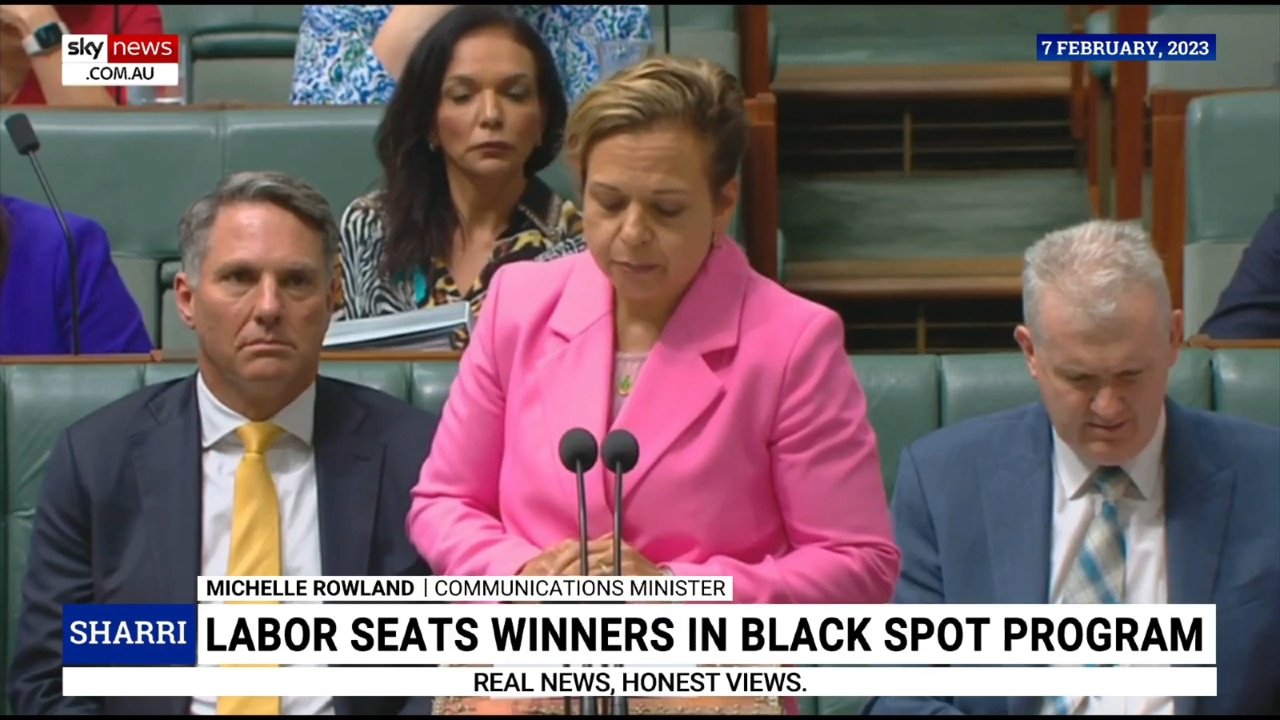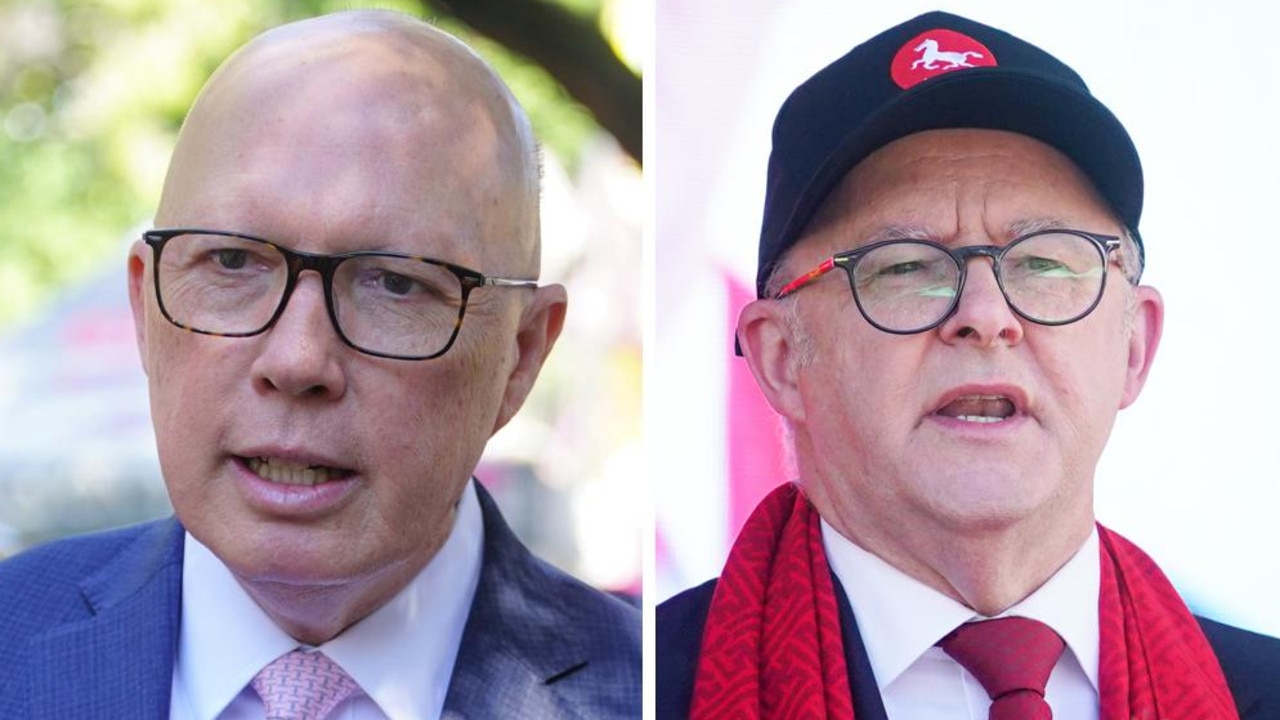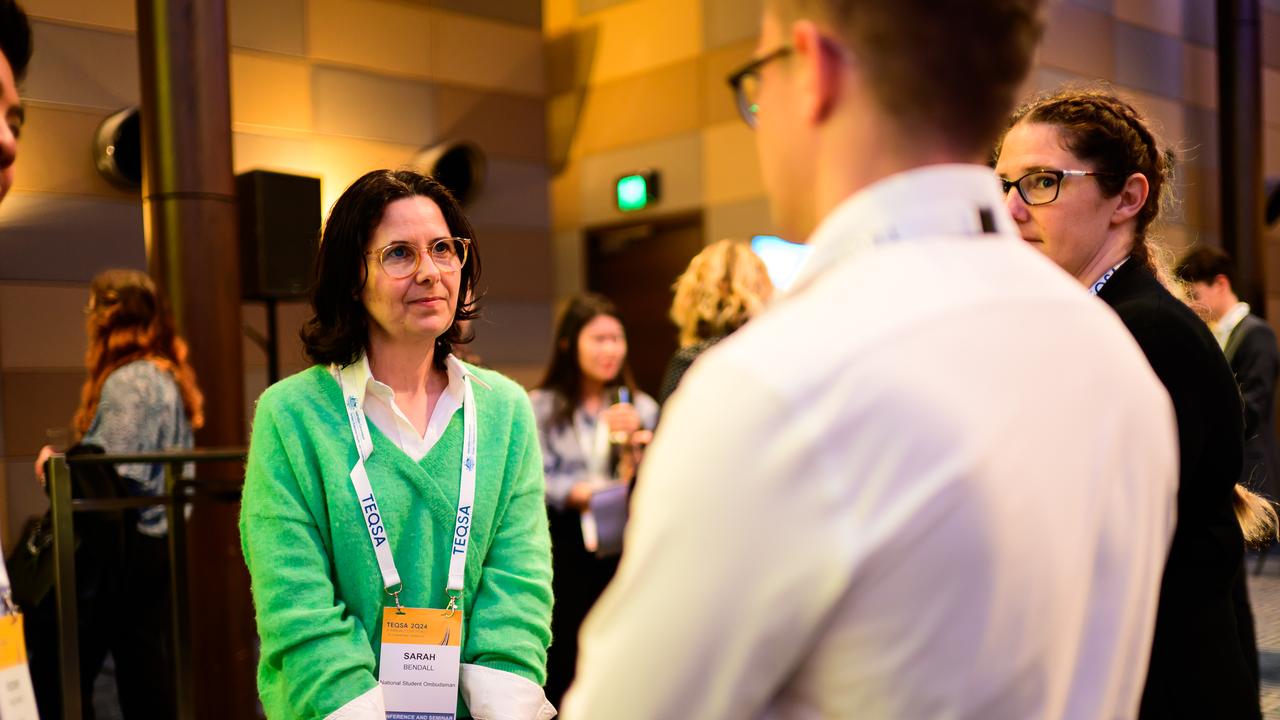Anthony Albanese’s government accused of funnelling money for regional mobile phone coverage in Labor electorates
The Albanese government is accused of funnelling funding for regional mobile phone coverage in its own electorates, with 40 out of 54 allocations awarded to ALP seats.

The Albanese government stands accused of funnelling money to improve mobile phone coverage in regional areas in its own electorates, with 40 out of the 54 funding allocations awarded to Labor-held seats.
The Improving Mobile Coverage Round’s $40m in funding, formalised earlier this month, has been directed to 40 Labor electorates, three seats held by independents and 11 by Coalition MPs. Of the 11 Coalition electorates, seven of those are in marginal seats, including Leichhardt, Bass and Flynn.

Opposition communications spokesman David Coleman said this was Labor’s version of the “sports rorts” saga, where Labor attacked the former Morrison government for directing sports funding to Coalition electorates.
“This is a very blatant piece of pork-barrelling,” he said.
“The politically biased nature of the list is particularly hypocritical given Labor’s criticism of grants programs under the Coalition government. Rather than allowing communities to apply based on their need for improved coverage, the government only allowed 54 specific locations to apply for the funding.”
Communications Minister Michelle Rowland said: “The Mobile Coverage Round fulfils commitments the government took to the 2022 federal election to address mobile coverage issues in identified areas across the country. These areas were identified in opposition by local members and senators working with their communities to advocate for coverage improvements, including along major regional highways and high-risk bushfire areas like the south coast of NSW.”
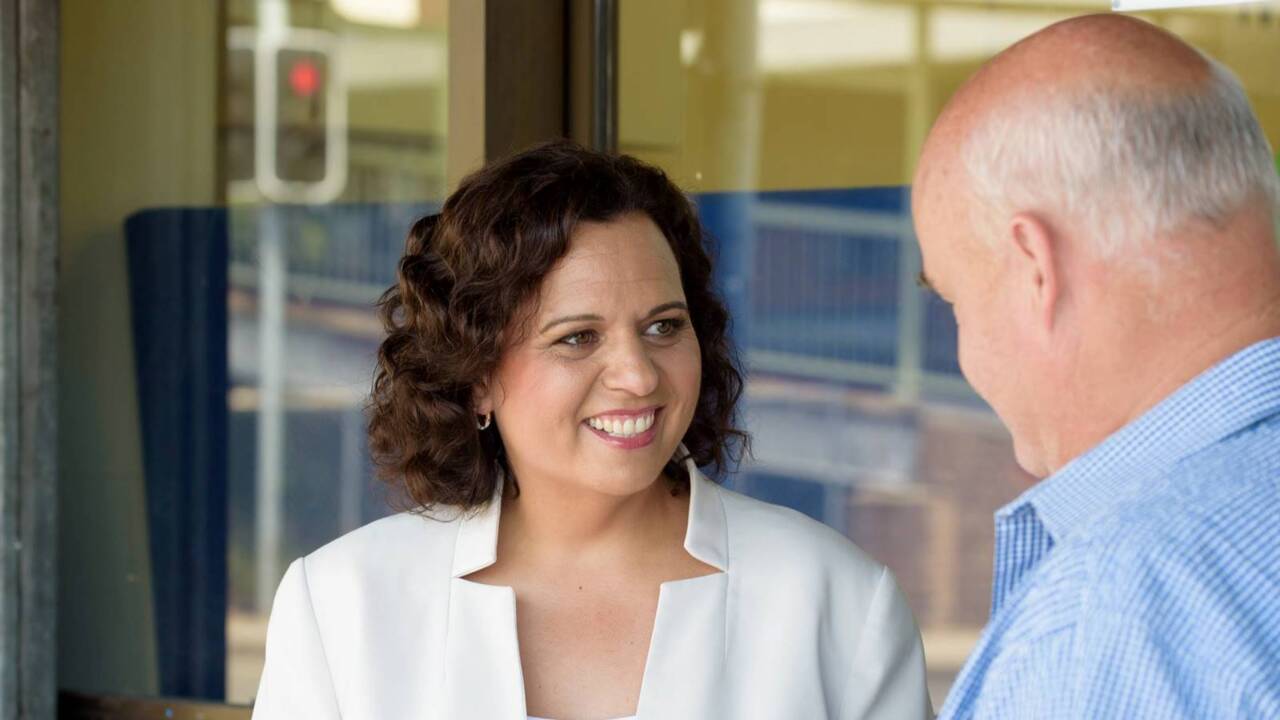
Sky News Australia asked the minister to clarify the process that was undertaken to determine which electorates were deemed eligible for the funding under the Mobile Black Spot Program and whether there was any departmental involvement.
The federal government officially announced the areas that would receive the $40m in funding on February 2 this year.
The list was first circulated in November last year.
Ms Rowland said Labor’s budget plan included $400m to expand mobile coverage by investing in future rounds of the Mobile Black Spot Program.
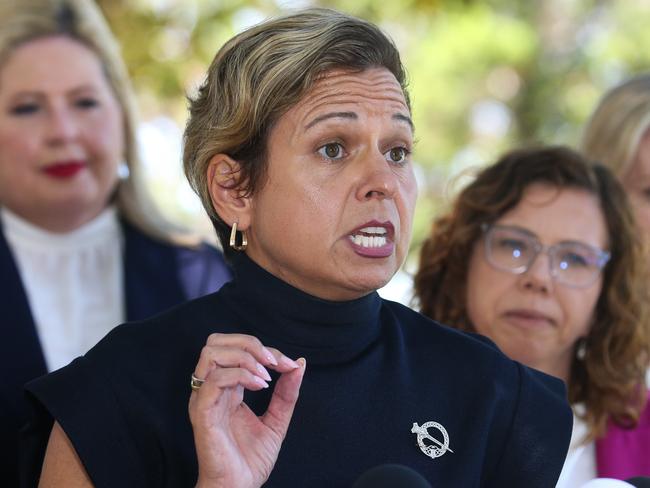
“These application-based programs will open in the coming months and I strongly encourage local residents and councils in regional areas to work with telcos to secure local funding,” she said.
The Labor government has claimed the Improving Mobile Coverage Round was funded separately from the Mobile Black Spot Program.
However, on the Department of Infrastructure, Transport, Regional Development, Communications website, it states the Improving Mobile Coverage Round is part of the Mobile Blackspot Program.
In NSW, the number of grants awarded to Labor electorates is even more stark, with 25 out of 26 going to ALP seats.
Locations in Coalition electorates with significant mobile coverage issues that have not received funding include the bushfire-affected regions of Healesville and the upper Yarra in the Casey electorate in Victoria, along with Sherlock and Maaoupe in Barker, South Australia.
There is also Crookwell in opposition Treasury spokesman Angus Taylor’s seat of Hume.
In an election promise, Ms Rowland pledged to fix all of the mobile blackspots in regional areas.
